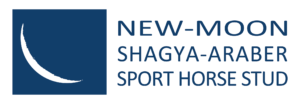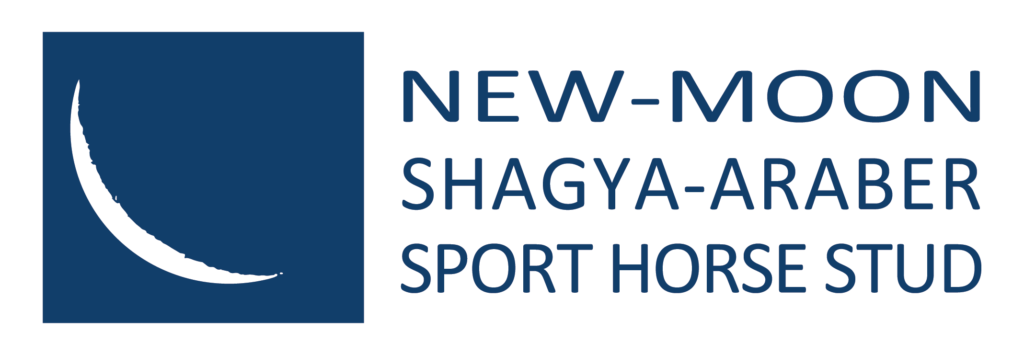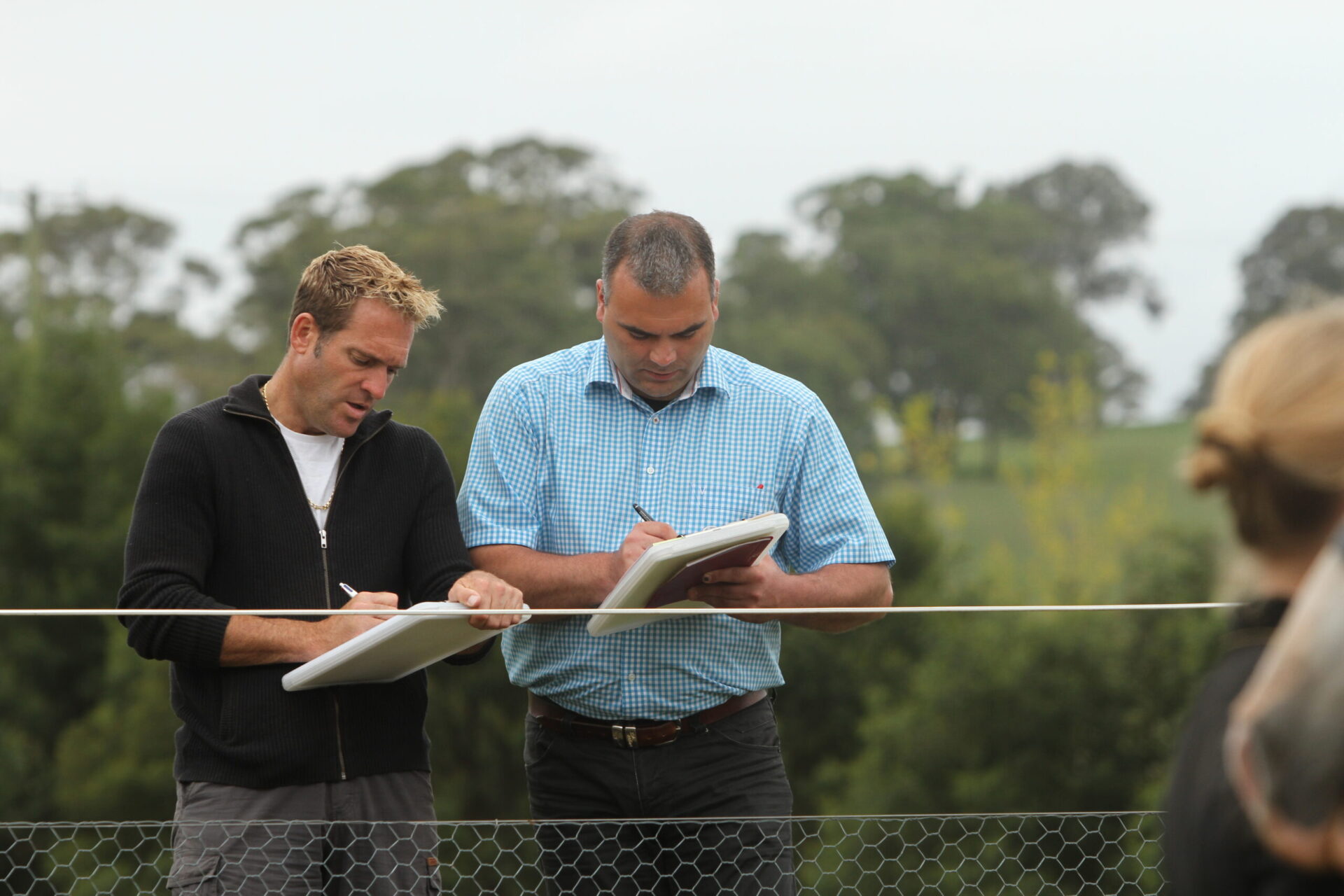“He has great conformation!”
How often have you read this in a ‘For Sale’ advertisement? Do you ever ask yourself “says who?”. Is it the seller’s opinion, or the opinion of their best friend, or the opinion of the person who sold them the horse? On what basis, or experience, have they based this opinion? Is there a bit of wishful thinking?
I wonder what is great about the conformation – is it overall type, or a particular aspect such as the legs, or shoulder? Is the conformation great for a particular discipline, for speed, or power, or efficiency, or is it pretty enough for the show ring?
No horse is perfect, and ideal conformation will vary depending on the intended purpose. What you really need to know is:
- What are the strengths and faults?
- Will the faults be a problem for your purpose?
- Are the strengths sufficient to overcome the faults for your purpose?
- What are you willing to compromise on?
The same questions apply when looking at a suitable breeding partner for your horse. ‘Great conformation’ might mean the stallion has excellent topline, neck and shoulder, but is only OK in the legs department. If you are looking for a partner for your mare who is also only OK in the legs, then this is not necessarily the best match. A different stallion who also has ‘great conformation’, but based on excellent legs, might be a better option.
And what’s the deal with ‘throwbacks’!? How frustrating to pick a lovely horse to breed with, and match to a complementary lovely horse, to produce a foal with a weird short neck which you later find was a conformation trait through the bloodline which skipped a generation. Long-time breeders nod sagely at you and say, “Ah yes, Fluffy Belly used to be known for passing on his weird short neck”. And you ask yourself, why did people keep breeding with Fluffy Belly when there were so many better stallions around?
Well, there is a solution to these dilemmas.
European breed societies have a system of independent inspection and licensing of breeding horses. For example, you cannot register a purebred Trakehner, Holsteiner, Oldenberg, Hannoverian, Lippizaner or Shagya-Araber and so on, unless both parents are licensed for breeding. This means that the parents have both met publicly available minimum criteria tests.
Licensing enables consistent breeding of type and quality over centuries, regardless of the much shorter time frame, or limited experience, of contributing individual breeders. Fluffy Belly would not have been licensed under this system. His weird short neck would therefore not be in the gene pool to skip to future generations.
Australian breed societies did not historically adopt the European system when horses were first being imported and bred. Unlike Europe, our government does not have controls on horse breeding and registration which require this.
However, there is increasing appreciation of the European system amongst Australian sport horse breeders, and this has resulted in development of the Australian All Breeds Tour.
A National Tour for licensing was initiated by Trakehner Australia in 2007, as the first step in a process of bringing the breeding of Australian Trakehner horses back under the umbrella of the German Trakehner Verband. Many purebred Trakehners in Australia were being bred out of the International registry through use of un-licensed mares and stallions.
Similarly, many other Australian-bred sport horses are simply being registered as ‘warmblood’, which is not a specific breed (it is a generic group of breeds) and so their breed registration is not recognised internationally.
The National Tour concept has spread to a number of other breed organisations, and has now become The Australian All Breeds Tour (AABT). The AABT is open as a classification and information service to all breeds, all horses, regardless of whether horses are registered or not. You do not need to be part of a breed organisation to participate in the AABT.
The AABT provides opportunity for Trakehner, Thoroughbred and Arabian horses with approved pedigrees to be licensed for breeding approval by the Trakehner Verband. Several Australian breed organisations are now also using the tour as a licensing and registration platform, including the Independent Pinto Horse Society, Australian Sports Pony Registry, Shagya-Araber Registry of Australia (SARA), and the Holsteiner Horse Association of Australia.
Most sport horse breeds have additional ‘interior’ and performance test requirements for full licensing, particularly for stallions. Interior refers to a horses innate nature, such as whether the horse is too easily startled, or unwilling to respond to the handler in difficult situations. Performance testing demonstrates that the horse is sound, suited for the discipline, and importantly – that it is rideable!
Frank Weiβkirchen has been the appointed Assessor for the last three AABTs and is keen to continue in this role. Frank is dedicated to the improvement of sport horse breeding in Australia, and is more than happy to chat and share his wealth of knowledge and experience with tour participants.
Frank is an International Breed Judge (Zuchtricher FN) from Germany. Licensed breed judges with the FN undergo an intensive and rigorous training program over 4 years, judging an extensive number and variety of breeds and types of horses and ponies. He is on the German Trakehener Association (Trakehner Verband) Board of Stallion Owners, and has more than 20 years of experience in warmblood breeding (especially Trakehners with significant thoroughbred influence) and in International horse marketing. Frank Weiβkirchen is a successful and Internationally recognised breeder and agent for high class sport horses for eventing, dressage and show jumping.
On the AABT, each horse is assessed on a consistent scoring system set out below. The score sheet is signed by the Assessor and provided to the owner for their use. Owners may choose to keep the information private, or they can disclose the full assessment to prospective purchasers or breeders. How better to demonstrate honesty and transparency about a horse you are marketing than to disclose independent test results for conformation, interior and performance? When you tell someone your horse “has great conformation”, you can back this up with standardised comparable National scores, the tour ranking as premium or elite, and the name and qualifications of the independent Assessor.
Horses are assessed for conformation and movement against the specific standard for their breed. Additional ridden and jumping assessments, including free-jumping are also available.
| Conformation | Score out of 10 | Total |
| Head | 10 | |
| Neck | 10 | |
| Saddle position/shoulder | 10 | |
| Frame – topline | 10 | |
| Forehand – foreleg | 10 | |
| Hindquater – hindleg | 10 | |
| Overall type | X4 | 40 |
| 100% |
| Movement | Score out of 10 | Total |
| Walk | 10 | |
| Trot | 10 | |
| Canter | 10 | |
| Correctness in gaits | X2 | 20 |
| Swing and elasticity | X2 | 20 |
| Overall appearance | X3 | 30 |
| 100% |
| Ridden | Score out of 10 | Total |
| Walk | X2 | 20 |
| Trot | X2 | 20 |
| Canter | X2 | 20 |
| Rideability & temperament | X2 | 20 |
| Overall appearance | X2 | 20 |
| 100% |
| Jumping | Score out of 10 | Total |
| Attitude | 10 | |
| Snap up in front | 10 | |
| Shoulder (use of) | 10 | |
| Bascule | 10 | |
| Hind legs (use of) | 10 | |
| Scope | 10 | |
| Style (overall appearance) | X4 | 40 |
| 100% |
Currently around 350 horses around Australia are assessed each year, and a tour open award system is in place with prizes to top scoring horses. Individual participating breed societies run additional award systems within their breed.
The tour is an opportunity for participants to learn more about sport horse conformation and how different physical traits will affect performance in different fields. Breeders can obtain specific advice in relation to their particular breeding program, including discussion of the merits of individual horses and proposed matings, and input into significant decisions such as whether to keep a particular colt entire.


